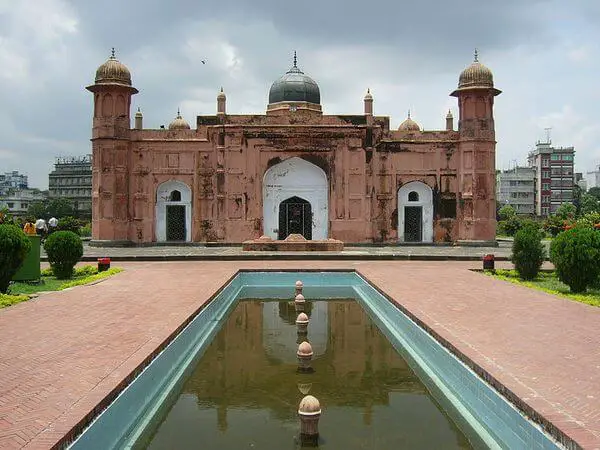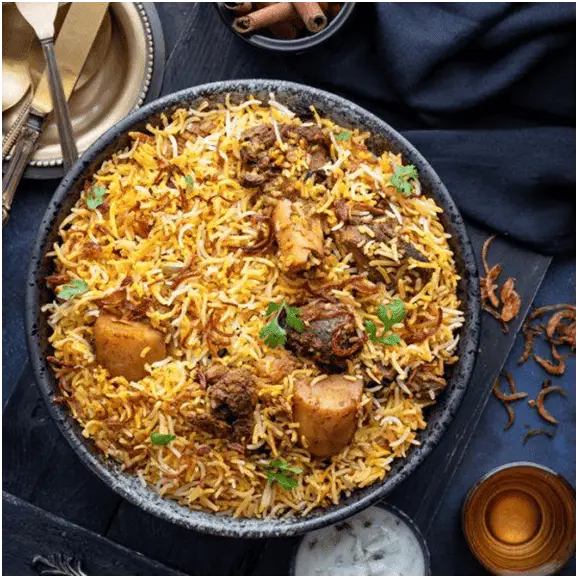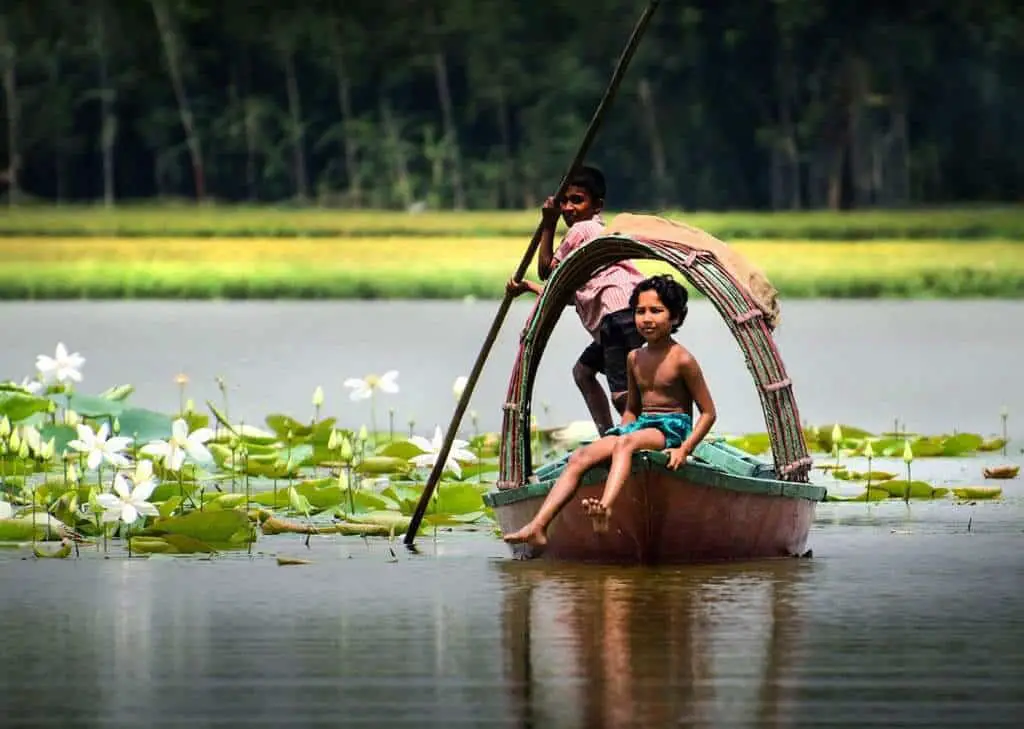Bangladesh, located in South Asia, has a rich historical background that dates back centuries. With influences from various civilizations and cultures, the country’s cultural heritage is a diverse tapestry that reflects its unique identity.
Historical Background of Bangladesh
Bangladesh was once part of ancient empires such as the Maurya and Gupta dynasties. In the 16th century, the Mughal Empire ruled over the region, leaving behind a legacy of art, architecture, and literature. British colonial rule followed in the 19th century, shaping modern Bangladesh’s political and social landscape. In 1971, Bangladesh gained independence from Pakistan after a bloody war of liberation, solidifying its identity as a sovereign nation.
| Period | Historical Events |
|---|---|
| Ancient Period | Settlements of Dravidians, Aryans, and Mauryans |
| Medieval Period | Rule of Buddhist and Hindu dynasties |
| Mughal Empire | Bengal becomes part of the Mughal Empire |
| British Colonialism | Annexation by the British East India Company |
| Partition of India | Bangladesh becomes East Pakistan |
| Liberation War | Bangladesh gains independence from Pakistan (1971) |
| Post-Independence | Emergence as an independent nation; Political evolution |
Overview of Diverse Cultural Influences
Bangladesh’s cultural landscape reflects a blend of indigenous traditions, Islamic heritage, and influences from neighboring regions. Over the centuries, it has been influenced by Hindu, Buddhist, and Islamic cultures, each leaving an indelible mark on its customs, language, and arts. This fusion of influences has contributed to the unique identity of Bangladesh.
Cultural heritage plays a pivotal role in shaping the collective identity and sense of belonging among Bangladeshis. It serves as a link to the past, connecting present generations with their ancestors and providing insights into the country’s rich and diverse heritage. Moreover, it fosters a sense of pride and unity, transcending geographical and social boundaries.
Architectural Marvels: Preserving the Past

Bangladesh boasts a rich architectural heritage that showcases the country’s historical and cultural significance. From ancient Buddhist monasteries to Mughal forts, the architecture of Bangladesh is a testament to its diverse past.
- Lalbagh Fort:
Built in the 17th century by Mughal Emperor Aurangzeb, Lalbagh Fort is an iconic landmark in Dhaka. The fort’s ornate design and historical significance make it a popular tourist destination. - Paharpur Buddhist Monastery:
Located in the northwestern part of Bangladesh, Paharpur Buddhist Monastery is one of the largest archaeological sites in South Asia. Its intricate terracotta carvings and ancient ruins attract visitors from around the world. - Sixty Dome Mosque:
Also known as Shat Gombuj Masjid, the Sixty Dome Mosque is a UNESCO World Heritage Site in Bagerhat. Built during the Bengal Sultanate period, the mosque’s unique architecture and grandeur are a symbol of Bangladesh’s rich heritage.
Traditional Arts and Crafts: Keeping Traditions Alive

Bangladesh is known for its rich tradition of arts and crafts, which have been passed down through generations. From intricate embroidery to pottery and weaving, these traditional art forms are an integral part of the country’s cultural heritage.
- Nakshi Kantha (Embroidered Quilts):
Nakshi Kantha, a form of traditional embroidery, is a popular craft in Bangladesh. Women create intricate designs using colorful threads, depicting scenes from everyday life and folklore. - Jamdani Weaving:
Jamdani weaving is a traditional textile art form that originated in Bangladesh. Skilled artisans weave intricate patterns on fine muslin fabric, producing elegant sarees and garments. - Pottery and Terracotta:
Pottery and terracotta are traditional crafts that have been practiced in Bangladesh for centuries. Artisans mold clay into various shapes, creating pottery, sculptures, and decorative items.
Cuisine: A Taste of Tradition

Bangladeshi cuisine is a delightful fusion of flavors, spices, and cooking styles that reflect the country’s diverse cultural heritage. From savory biryanis to sweet pithas, Bangladeshi food is an essential part of the cultural experience.
- Biriyani:
Biriyani is a popular rice dish in Bangladesh, made with fragrant basmati rice, tender meat, and aromatic spices. It is often served at weddings, festivals, and special occasions. - Pitha (Traditional Cakes):
Pitha are traditional Bengali cakes made from rice flour, sugar, and coconut. They come in various shapes and flavors, and are enjoyed during winter festivals like Pohela Boishakh. - Hilsa Fish preparations:
Hilsa fish is a prized delicacy in Bangladesh, known for its tender flesh and rich flavor. It is prepared in various ways, such as steamed with mustard sauce or cooked in a spicy curry.
Performing Arts: The Rhythm of Bangladesh

Bangladesh has a vibrant tradition of music and dance, with various forms that showcase the country’s cultural diversity. From folk songs to classical dances, the performing arts in Bangladesh are a celebration of creativity and expression.
- Baul Music:
Baul music is a mystical form of folk music that originated in Bengal. Bauls, wandering minstrels, sing soulful songs about love, spirituality, and social issues, accompanied by simple instruments like the ektara. - Pohela Boishakh (Bengali New Year) celebrations:
Pohela Boishakh is the Bengali New Year, celebrated with colorful processions, traditional music and dance performances, and cultural events. It is a time for renewing bonds and experiencing the vibrancy of Bengali culture. - Jatra (Traditional Theater):
Jatra is a popular form of traditional theater in Bangladesh, featuring elaborate costumes, music, and dance. The performances often depict mythological stories, historical events, and social issues, entertaining and educating audiences.
Festivals and Celebrations: Commemorating Heritage

Bangladesh is a land of festivals, with a rich calendar of religious, cultural, and seasonal celebrations. These festivals bring communities together, fostering a sense of unity and shared traditions.
- Durga Puja:
Durga Puja is a major Hindu festival celebrated with grandeur and fervor in Bangladesh. Devotees worship the goddess Durga, participate in rituals and cultural programs, and enjoy traditional sweets and delicacies. - Eid al-Fitr:
Eid al-Fitr is the religious festival marking the end of Ramadan, the Islamic holy month of fasting. It is a time of feasting, prayer, and charity, with families coming together to share meals and exchange gifts. - Pohela Boishakh:
Pohela Boishakh, the Bengali New Year, is a joyous occasion celebrated with music, dance, and cultural events. People dress in traditional attire, enjoy street fairs and food stalls, and welcome the new year with hope and happiness.
Conclusion
In conclusion, Bangladesh’s cultural heritage is a treasure trove of art, architecture, music, cuisine, and traditions that reflect the country’s vibrant past and promising future. By exploring its cultural landscape, preserving architectural marvels, keeping traditional arts alive, savoring iconic dishes, enjoying performing arts, and commemorating festivals, one can truly immerse in the echoes of history that define Bangladesh’s rich cultural identity.
References:
https://bdebooks.com/a-comprehensive-history-of-bangladesh/
https://en.wikipedia.org/wiki/Bangladesh

